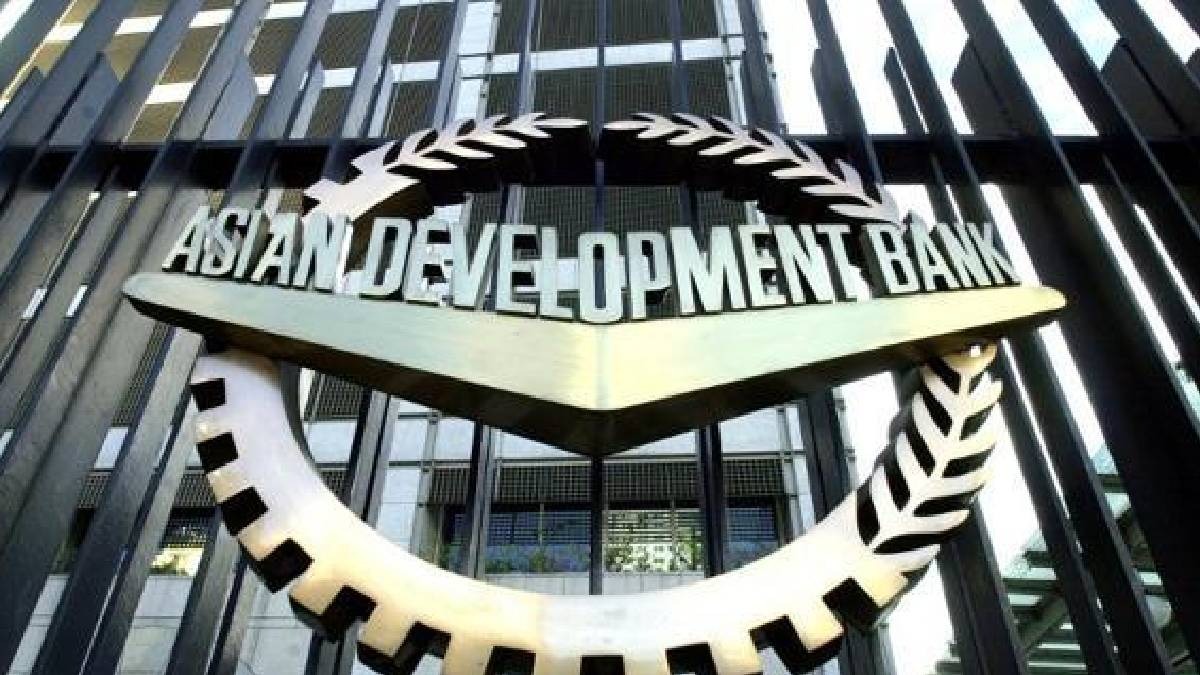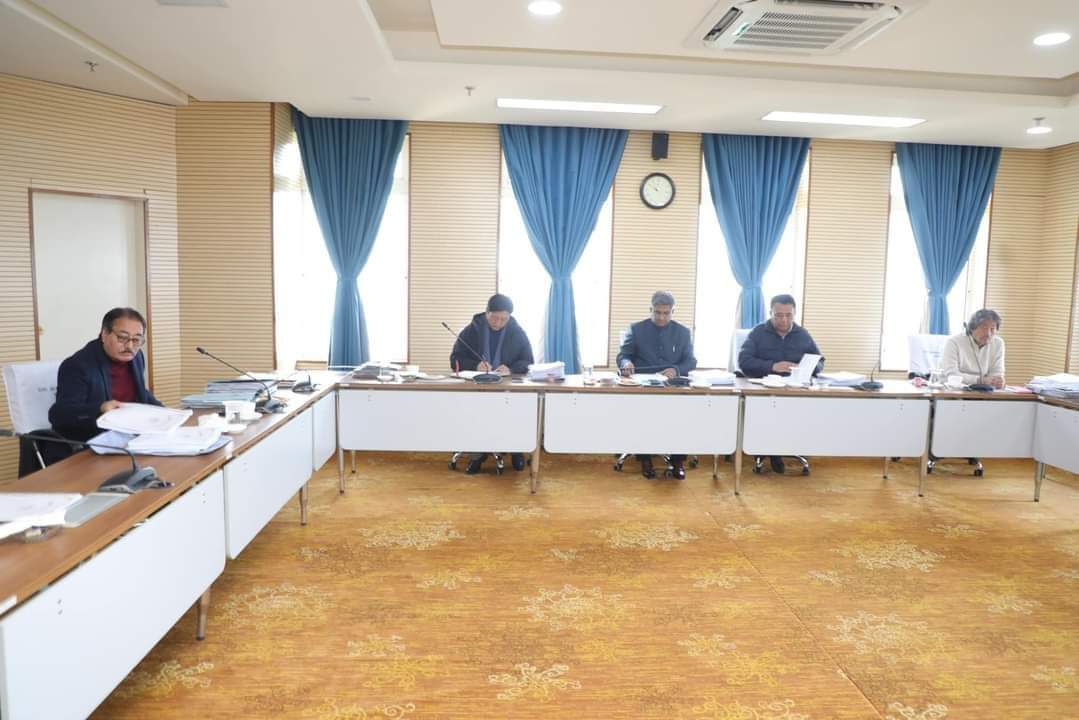The Asian Development Bank (ADB) has greenlit a significant USD 148.5 million loan aimed at augmenting electricity supply in the picturesque state of Sikkim.
This funding infusion is poised to fortify, modernize, and climate-proof the distribution system, amplifying the reliability, quality, and resilience of electricity provision in the region.
Jaimes Kolantharaj, ADB’s principal Energy specialist, affirmed, “This project fully supports Sikkim’s Power for all initiative, ensuring round-the-clock uninterrupted access to quality electricity for households, industries, businesses, and the public.” He underscored the project’s alignment with the Government of India’s Revamped Distribution Sector Scheme, envisaging enhanced operational efficiency and financial sustainability in Sikkim’s distribution sector.
The initiative encompasses the upgrade and modernization of Sikkim’s power distribution network, incorporating approximately 770 kilometers of climate-resilient medium-voltage underground and covered conductors. Moreover, it involves the replacement of 580 kilometers of outdated and low-capacity bare conductors, bolstering the distribution network’s capacity.
The comprehensive project agenda entails the refurbishment of 26 existing power substations, inclusive of the installation of a supervisory control and data acquisition system. Furthermore, it encompasses the installation of 15,000 units of public street lighting in remote areas, alongside electricity conservation and safety awareness programs across 28 villages.
ADB’s intervention extends beyond infrastructure enhancement, encompassing the development of a financial sustainability strategy for Sikkim’s Power Department (PDS) and the formulation of a power distribution master plan. Additionally, it envisages gender and social inclusion strategies, alongside the deployment of renewable energy systems tailored to benefit at least 1,100 women, comprising self-help groups and individual businesses.
Furthermore, the project envisages the deployment of solar energy systems and energy-efficient electrical equipment in 24 primary healthcare sub-centers, augmenting rural healthcare capacity, particularly during winter.




